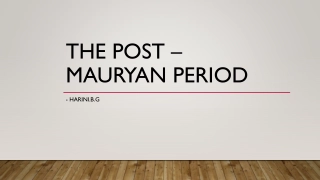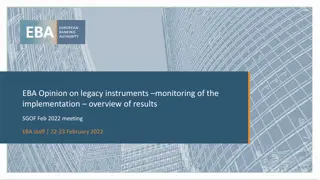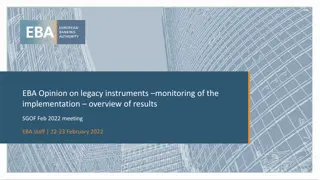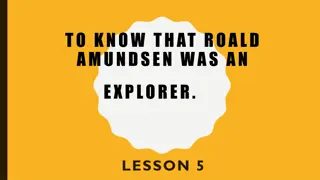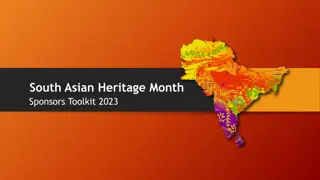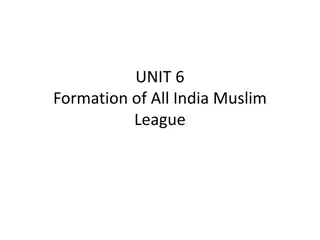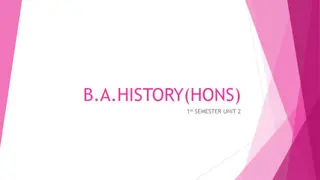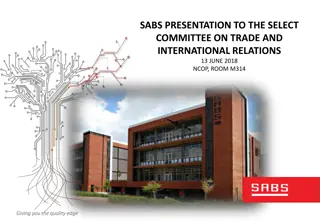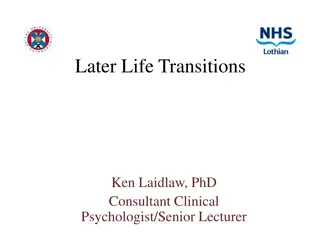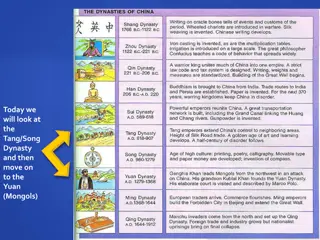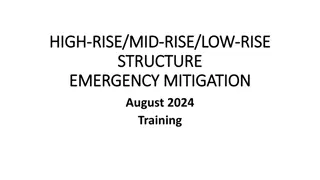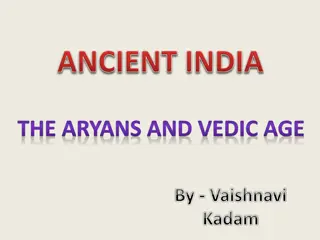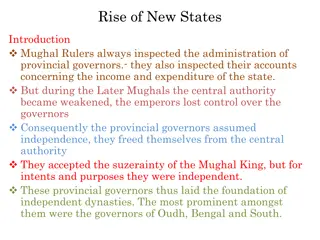Rise and Legacy of the Later Cholas in South India
The Later Cholas, starting in the 9th Century, established a powerful empire in South India known as the Imperial Cholas. Sources such as inscriptions, monuments, numismatic sources, and literary works provide valuable insights into their history and rule. Monuments like the Brahadeewarar Temple and literary works like Periyapuranam shed light on Chola culture and administration. The Cholas' coinage and political history, including King Vijayalaya's conquests, further illustrate their significant impact on the region.
Download Presentation

Please find below an Image/Link to download the presentation.
The content on the website is provided AS IS for your information and personal use only. It may not be sold, licensed, or shared on other websites without obtaining consent from the author. Download presentation by click this link. If you encounter any issues during the download, it is possible that the publisher has removed the file from their server.
E N D
Presentation Transcript
Later Cholas __ Sources The later Cholas became prominent in the 9th Century and established an empire comprising the major portion of South India and they were called as the Imperial Cholas . The Sources for the history of the Later Cholas were classified into Inscriptions , Monuments , Numismatic sources and Literary sources . Inscriptions : Inscriptions were placed on the walls of the temples and pillars , about the life of the rulers , Administration , Political , Economic , Religious , Social and Cultural conditions during the Cholas period . The Inscriptions in the Brahadeeswarar temple at Tanjore known as Big Temple . Many important inscriptions are found in Cuddalore , Villupuram , Trichy , Tanjore , Chidambaram , Kumbakonam and Nagapattinam .
The stone inscriptions give us useful information about the administration of the Cholas rulers . The Thiruvandhipuram stone inscriptions give information about the reign of Rejendra III . The Uttaramerur Inscriptions give information about the Kudavolai system , Village Administration , Taxation and Land revenue . Anbil Plates , the Kanyakumari stone inscriptions , Karanthai Plates and Thiruvalangadu Copper Plates give useful information about the Cholas . The Tanjore Peruvudaiyar temple Inscriptions talk about the existence of Saivism . The Inscriptions of Cheras , Pandyas , Rashtrakutas and Ganges speak about the Cholas .
Monuments The Brahadeewarar Temple at Tanjore ,the Gangaikonda Cholapuram Temple Airavateesvarar Temple of Dharasuram and the Kanbagareswarar Temple in Thirupuvanam are some of the important monuments of the Cholas . Numismatics Sources : The Cholas kings issued Gold , Silver and Copper coins . Figure of Tiger was engraved as the Chola Emblem on every Chola coin issued during that period . King Rajaraja issued a new Ceylon type of coins . Chola coins are useful to fix the Chronology of the Chola rulers .
Literary Sources . The literary sources are very useful for the study of the Cholas . Sekkilar s Periyapuranam deals with the life of Saiva devotees . Sekkilar was a contemporary of Kulothunga II . Kalingathupparani of Jayamkondan , Three Ulas and the Kulothungan Pillai Tamil of Ottakkoothar give useful information about the Cholas . Other literary works like Veerasoliyam , Sthalapuranam and Cholavarma Charitham about the early Cholas . Foreign Sources : Mahavamsam , the Ceylon literature talks about the relationship between the early Chola Country and Ceylon kingdom and also speaks about the Chola rule in Ceylon . European traveller Marcopolo and foreign writer Magesthanese give interesting information about the Cholas . Al beruni a Muslim historian writes about the Cholas .
Political history of the Cholas . Vijayalaya Chola : King Vijayalaya was the founder of the later Chola dynasty . Vijayalaya captured Tanjore from the Muttaraiyas and made it his capital in 850 AD . His son Aditya put an end to the Pallava kingdom by defeating Aparajita and annexed Tondaimandalam . Vijayalaya also annexed the Kongu country . He was a woshipper of Siva .
Parantaka I : 907 AD 953 AD : Uttaramerur Inscriptions speak about Parantaka I He was a son of Aditya . He was a devotee of Lord Siva He conquered many parts of Southern India and extended his boundary . He captured Madurai . Thus he assumed the title of Maduraikondan . After defeating the combined armies of the Pandyas and Ceylon kings , he assumed the title of Maduraiyum Ezhamum Kondan He extended his empire upto Nellore in North .
He provided golden roof to the Nataraja temple at Chidambaram and came to be called as Pon Veintha Cholan . He was a great builder of temples. He provided the Vimana of the famous Nataraja temple at Chidambaram with a golden roof . The famous Uttaramerur Inscriptions give a detailed account of the Village administration under the Cholas belong to his reign . But he suffered a defeat at the hands of the Rashtrakutas in the famous battle of Takkolam . He was succeeded by Kandaraditya , Arinjaya , Sundara Chola alias Parantaka II and Uttama Chola . After a gap of thirty years , the Cholas regained their supremacy under Rajaraja I .


